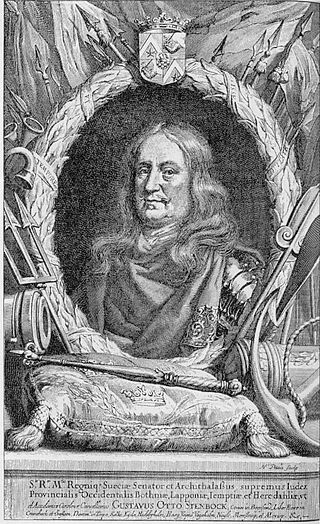
Gustaf Otto Gustafsson Stenbock was a Swedish military officer and politician.

Count Rutger von Ascheberg, also known as Roger von Ascheberg was a soldier, officer and civil servant in Swedish service, being appointed Lieutenant General in 1670, General in 1674, Field Marshal in 1678, Governor General of the Scanian provinces, in 1680, and Royal Councilor in 1681.
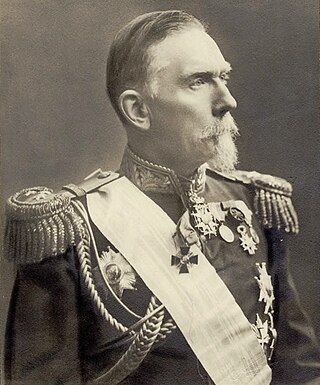
Friherre General Axel Emil Rappe was a Swedish Army officer and Minister of War from 1892 and 1899.

Robert Douglas, Count of Skenninge, Baron of Skalby, was a Scottish cavalry general during the Thirty Years' War rising to the rank of Field Marshal (1657–1662) in the Swedish-Polish wars that followed. He founded the Swedish branch of Clan Douglas.

Nils August Domingo Adlercreutz was a Swedish Army officer and horse rider who competed in the 1912 Summer Olympics.
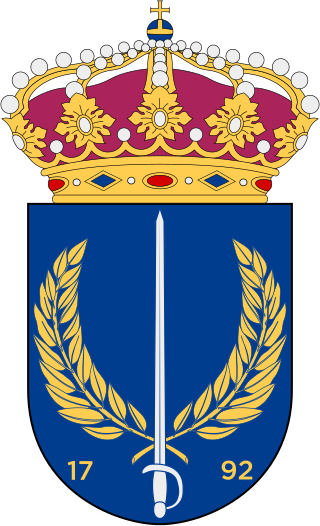
Military Academy Karlberg is a Swedish military academy, since its inauguration in 1792 in operation in the Karlberg Palace in Solna, just north of central Stockholm. It is thus the oldest military academy in the world to remain in its original location.

Sven Alfred Thofelt was a Swedish modern pentathlete and épée fencer who competed at the 1928, 1932, 1936 and 1948 Summer Olympics.

Ernst Mathias Peter von Vegesack was a Swedish Army officer and volunteer in the Union Army during American Civil War and later on was a member of the parliament of Sweden. After his return to Sweden, he was awarded the brevet grade of Brigadier general of volunteers and in 1893 he received the Medal of Honor for bravery in the Battle of Gaines's Mill.
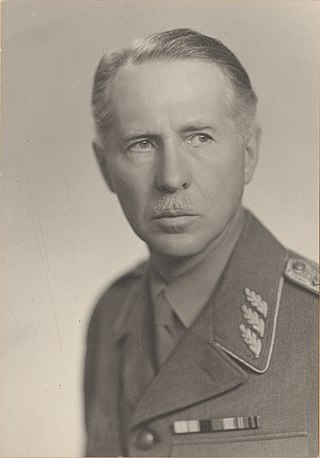
Lieutenant General Count Wilhelm Archibald Douglas was a Swedish Army officer and nobleman who served as Chief of the Army from 1944 to 1948.

Lorentz Creutz was a Swedish friherre, government administrator, county governor (landshövding) of Kopparberg County (1655–62), member of the Privy Council and supreme commander of the Swedish navy for a few months in 1676.

Baron Salomon Maurits von Rajalin was a Swedish Navy admiral and civil servant.

Nils Carlsson Gyllenstierna af Fogelvik, a member of the Swedish baronial family of Gyllenstierna, was a Swedish field-marshal, member of the Royal Council, president of the Board of War, and governor-general of Bremen-Verden. Rewarded with the earldom of Fogelvik, he belonged to the cautious senior officers, who he hesitated when faced with Charles XII's aggressive plans, and allied with his son-in-law Arvid Horn in opposition to the King.

Lieutenant General Gösta Lilliehöök was a Swedish Army officer. His senior commands include commanding officer of the 1st Infantry Brigade, military commander of Upper Norrland and of the Eastern Army Division as well as Commandant General of Stockholm Garrison.
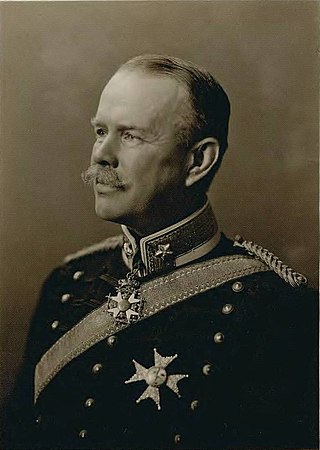
Lieutenant General Karl Osvald Toll was a Swedish Army officer. Toll's senior commands include commanding officer of the 4th Army Division and the position of Commandant General in Stockholm. Toll laid down a sacrificial work on the development of the Landstorm organization.

General Gustaf Fredrik Oskar Uggla was a senior Swedish Army officer. Uggla's senior commands include commanding officer of the Military Academy Karlberg, executive officer of Svea Life Guards and commander of the 2nd Army Division. He also served as Chief of His Majesty's Military Staff from 1910 to 1924.
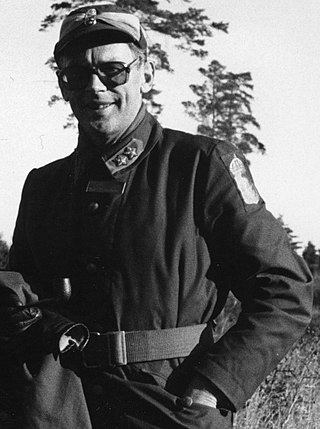
Lieutenant General Nils Gustaf Axel Welin was a senior Swedish Army officer. Welin served as head of the Swedish National Defence College (1984–1987), as Force Commander of the United Nations Disengagement Observer Force (UNDOF) (1986–1988) and as Commanding General of the Southern Military District (1988–1992).
Berndt Robert Gustaf Stackelberg was a Swedish military officer and diplomat. Stackelberg was governor of the Swedish colony of St. Barthélemy in the West Indies 1812-1816, and chargé d'affaires of Sweden's diplomatic mission to the United States, 1819–1831.

Gustaf Jacob af Dalström was a Swedish military and civil servant.

Axel Gabriel LeijonhufvudtheElder was a Swedish military officer and baron. He personally witnessed the horrors of the Russo-Swedish War of 1788–1790.

Axel ''Peter'' Gabriel Leijonhufvud also known as just Peter Leijonhufvud, was a Swedish military officer. Leijonhufvud was one of Crown prince Gustav's (III) cavaliers, a civil servant and a lord marshal of Sweden.


















